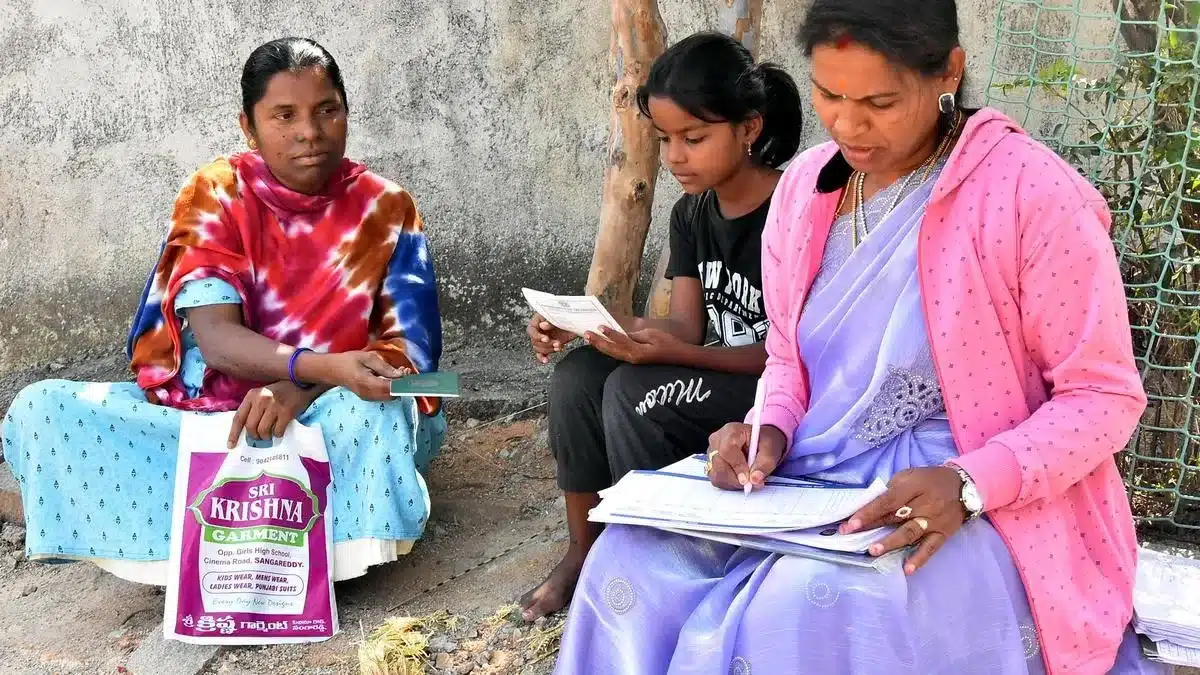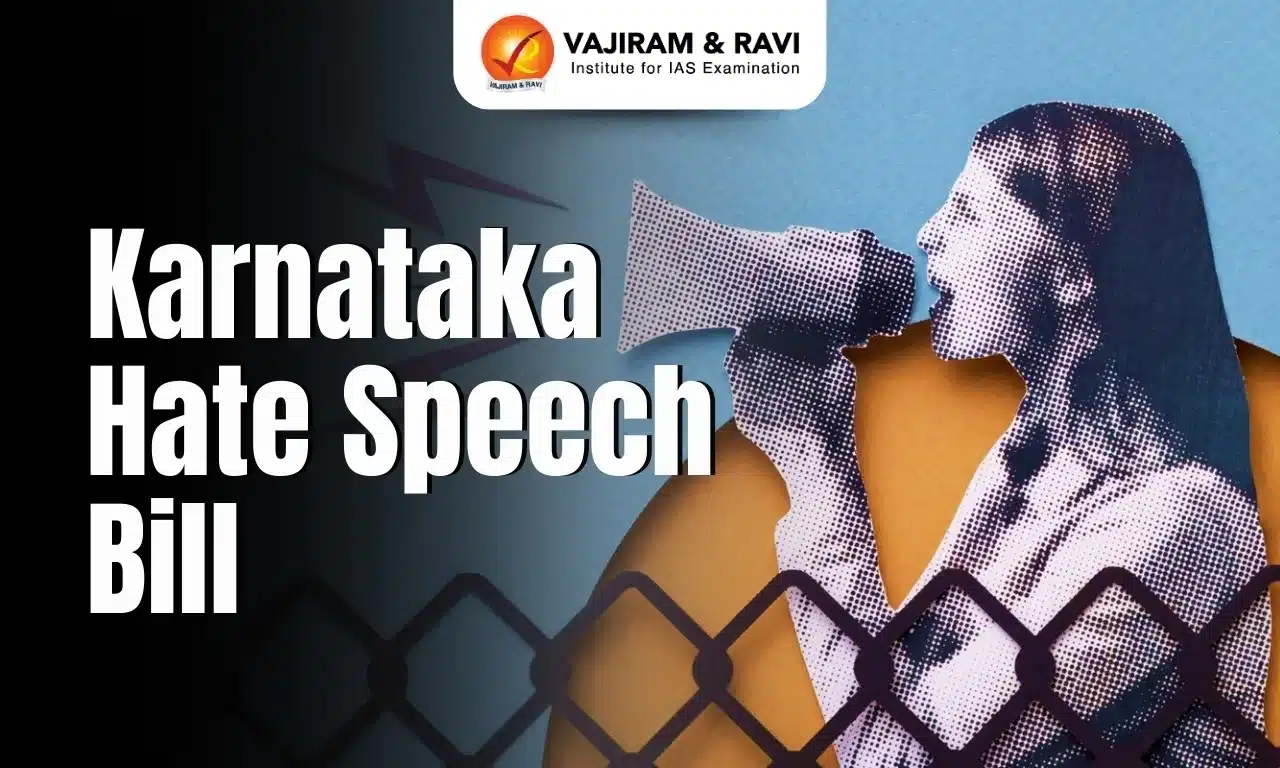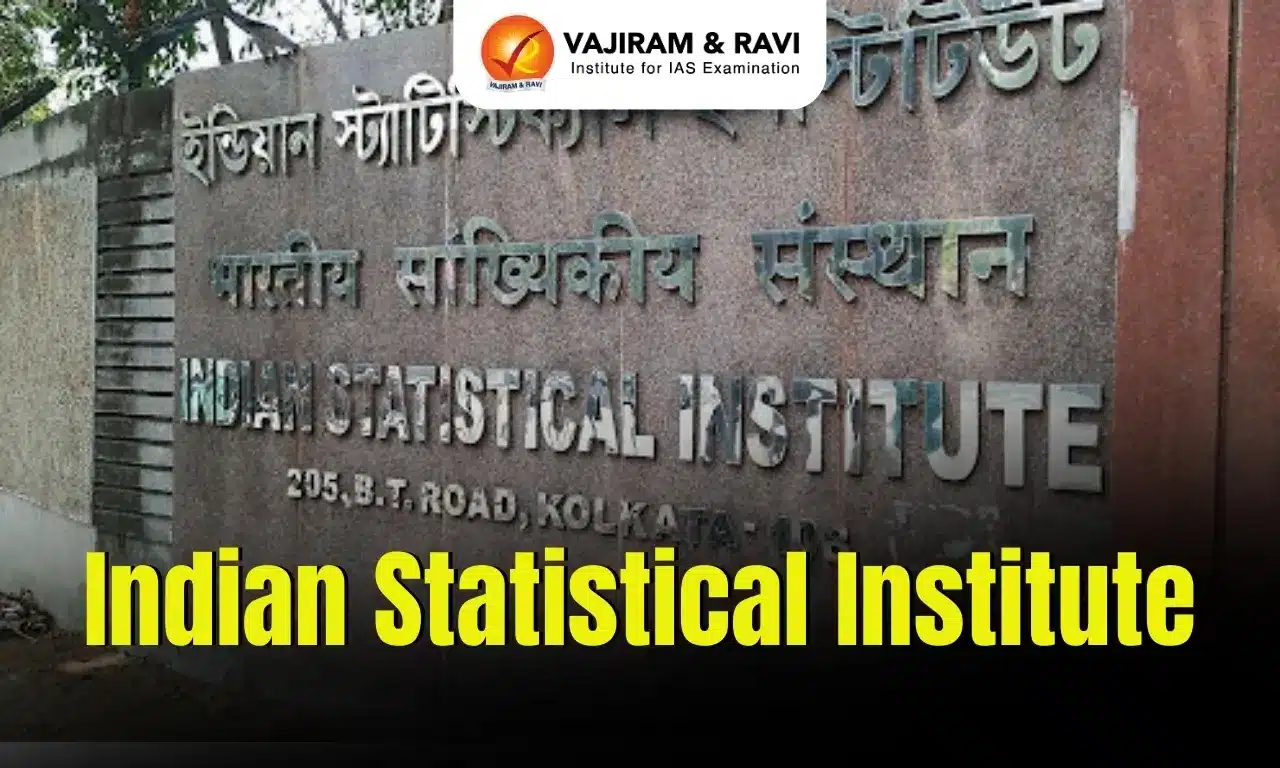What’s in today’s article?
- Introduction
- Historical Context
- Challenges in Conducting a Caste Census
- Proportional Representation: A Flawed Approach
- Implications of a Caste Census
- Conclusion
Introduction
- The debate around conducting a caste census in India has gained momentum, with proponents arguing for its utility in determining caste populations to allocate resources, reservations, and policy benefits proportionally.
- However, historical experiences and current complexities suggest significant challenges in executing such an exercise.
Historical Context
- The history of caste censuses dates back to the colonial era:
- 1871-72 Census: The first detailed caste census was conducted, revealing arbitrary and inconsistent classifications across regions.

- 1931 Census: Identified 4,147 castes but highlighted inaccuracies as communities claimed different identities in different regions.
- Post-Independence: The Socio-Economic and Caste Census (SECC) 2011 recorded 46.7 lakh caste categories, with 8.2 crore acknowledged errors, exposing the complexity of caste classification.
Challenges in Conducting a Caste Census
- Caste Mobility and Misclassification:
- Upward Mobility: Communities might report affiliation with higher castes for perceived social prestige.
- Downward Mobility: Post-independence, some communities claim lower caste status to benefit from reservations.
- Similar-Sounding Castes: Confusion arises from identical or similar surnames, leading to misclassification (e.g., ‘Dhanak’, ‘Dhanuk’, and ‘Dhanka’ in Rajasthan).
- Enumerator Bias:
- Sensitive nature of caste questions often causes enumerators to make assumptions based on surnames rather than direct inquiries.
- Data Accuracy:
- Historical records and current surveys, such as the Bihar Caste Census 2022, reveal inconsistencies, further undermining reliability.
Proportional Representation: A Flawed Approach
- The concept of proportional representation in caste-based reservations has been criticized as impractical:
- Reservation Mechanism:
- Reserved seats are distributed proportionally (e.g., every 4th position for OBCs at 27% reservation).
- Impracticality:
- India’s population of 1.4 billion includes over 6,000 castes. The average caste size is 2.3 lakh.
- Smaller castes, such as those with 10,000 members, would require over 1.4 lakh vacancies to secure one reserved seat, a scale unfeasible in recruitment processes like UPSC.
- Reservation Mechanism:
Implications of a Caste Census
- Policy Implementation:
- While proponents argue for equitable resource distribution, the data complexities risk exacerbating social divisions.
- Exclusion of Minor Castes:
- Smaller castes risk being excluded due to disproportionately low representation, undermining the objective of inclusivity.
- Administrative Burden:
- A caste census would require massive logistical and financial resources, diverting focus from other pressing developmental priorities.
Conclusion
- While the idea of a caste census is rooted in achieving equity, historical and contemporary evidence highlights significant challenges in execution, data reliability, and fairness.
- Alternative approaches that prioritize socio-economic development and inclusivity without exacerbating caste divisions may offer more sustainable solutions.
Q1. When was the term ‘Creamy Layer’ defined?
The Supreme Court of India defined the “creamy layer”, quoting an Indian government office memorandum dated 8 September 1993. The term was originally introduced in the context of reservation of jobs for certain groups in the Indra Sawhney & Others v. Union of India case in 1992.
Q2. What percentage of the population in India is OBC?
Between 2019 and 2021, Other Backward Class (OBC) constituted the largest part of Indian households accounting for about 42 percent.
News: Is the caste Census a useful exercise?
Last updated on November, 2025
→ Check out the latest UPSC Syllabus 2026 here.
→ Join Vajiram & Ravi’s Interview Guidance Programme for expert help to crack your final UPSC stage.
→ UPSC Mains Result 2025 is now out.
→ UPSC Notification 2026 is scheduled to be released on January 14, 2026.
→ UPSC Calendar 2026 is released on 15th May, 2025.
→ The UPSC Vacancy 2025 were released 1129, out of which 979 were for UPSC CSE and remaining 150 are for UPSC IFoS.
→ UPSC Prelims 2026 will be conducted on 24th May, 2026 & UPSC Mains 2026 will be conducted on 21st August 2026.
→ The UPSC Selection Process is of 3 stages-Prelims, Mains and Interview.
→ UPSC Result 2024 is released with latest UPSC Marksheet 2024. Check Now!
→ UPSC Prelims Result 2025 is out now for the CSE held on 25 May 2025.
→ UPSC Toppers List 2024 is released now. Shakti Dubey is UPSC AIR 1 2024 Topper.
→ UPSC Prelims Question Paper 2025 and Unofficial Prelims Answer Key 2025 are available now.
→ UPSC Mains Question Paper 2025 is out for Essay, GS 1, 2, 3 & GS 4.
→ UPSC Mains Indian Language Question Paper 2025 is now out.
→ UPSC Mains Optional Question Paper 2025 is now out.
→ Also check Best IAS Coaching in Delhi

















